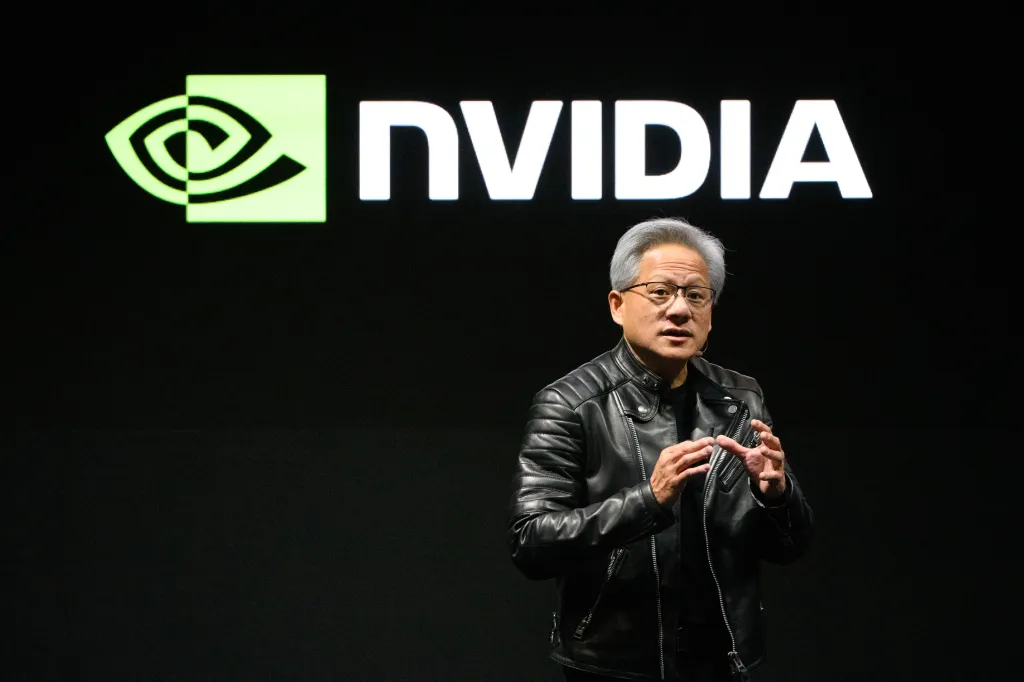ANALYSIS: Behind the Dueling Narratives of Nvidia's Executive Stock Sales

ANALYSIS: Behind the Dueling Narratives of Nvidia's Executive Stock Sales
SANTA CLARA, Calif. — A series of recent reports focusing on over $1 billion in stock sales by Nvidia executives has ignited a fierce debate among investors and market watchers, pitting concerns over internal confidence against analyses pointing to the company's unprecedented growth trajectory and long-term strategic plans. The divergence in interpretation highlights a broader clash over how to value a company at the forefront of the artificial intelligence revolution.
Scrutiny Over Executive Transactions
The central point of contention revolves around the sale of more than $1 billion worth of NVIDIA (NVDA) shares by company insiders, including CEO Jensen Huang, since the beginning of the year. Reports from major financial media, notably CNBC, have amplified the story, often employing the term 'dumped' to characterize the transactions. This framing, sourced from reports by the Financial Times and VerityData, has raised questions among some investors about whether the sales signal a lack of confidence from those who know the company best.
However, a closer examination of securities filings and market practices presents a more complex picture, according to securities analysts. A significant portion of these sales were executed under SEC Rule 10b5-1. These pre-arranged trading plans are established by corporate insiders at a time when they are not in possession of material non-public information. The plans allow them to sell a predetermined number of shares at a specified time to manage their personal finances and diversify assets without facing accusations of insider trading based on short-term knowledge.
"The use of 10b5-1 plans is a standard, transparent, and legally sanctioned method for executives, particularly founders whose wealth is overwhelmingly concentrated in their company's stock, to achieve liquidity," explained a senior analyst at a market intelligence firm specializing in corporate governance. "To frame these scheduled, pre-planned sales as a panicked 'dump' overlooks the fundamental purpose of these regulatory instruments, which is to create an orderly process for transactions."
This context, often absent from more alarming headlines, suggests that the sales are more likely indicative of routine financial planning and portfolio diversification following a more than 200% surge in the stock's value over the past year, rather than a negative commentary on the company's future prospects.
Unpacking the Financial Outlook
Despite the debate over stock sales, a significant portion of the financial community is forecasting continued, robust growth for Nvidia. Investment bank Morgan Stanley recently issued an analysis projecting a potential path for the company to reach a $6 trillion market capitalization, citing sustained, multi-year demand for its AI processing capabilities. This sentiment is echoed by outlets like The Motley Fool, which continue to position Nvidia as a foundational holding for long-term investors in the AI space.
This overwhelmingly positive outlook is not without its counter-arguments. A competing narrative, often framed as "who is the next Nvidia?" or "it's not just Nvidia," seeks to dilute the company's perceived singular dominance. Recent commentary has elevated other major players as key AI beneficiaries. SoftBank founder Masayoshi Son, for instance, has publicly speculated that OpenAI could eventually surpass Nvidia in value, while other reports have highlighted Broadcom's crucial role in supplying custom AI chips and networking components.
In response, proponents of Nvidia's long-term value argue that this view misinterprets the company's strategic positioning. They point to a strategy that extends far beyond selling individual chips. Forbes recently highlighted CEO Jensen Huang's concept of "the network is the computer," a vision where Nvidia's value lies not just in its GPUs but in its high-speed networking (Mellanox), its CUDA software platform, and its growing suite of enterprise services. This integrated approach, they argue, creates a deep and defensible moat that is difficult for pure-play chip designers or software-only companies to replicate.
Beyond the Chip: An Expanding Ecosystem
Further bolstering the bullish case for Nvidia is its aggressive expansion into software and enterprise services, a move analysts say is critical to its long-term defensibility. This strategy was recently underscored by the acquisition of CentML, a company specializing in AI model compression and optimization, designed to make large AI models more efficient.
Industry watchers see this as a strategic move to deepen its software stack, making the Nvidia platform stickier and more indispensable for developers. This is complemented by major enterprise collaborations, such as the "NVIDIA AI Computing by HPE" initiative with Hewlett Packard Enterprise, aimed at delivering turn-key AI solutions directly to corporate clients.
Coverage in publications like the Times of India has focused on Huang's broader vision of "human" becoming a programming language, where conversational AI, powered by Nvidia's full stack, will democratize the creation of technology. This ecosystem-centric strategy, analysts contend, makes the simple question of who might be the "next Nvidia" an incomplete framework. It fails to account for the company’s mission to become the integrated platform—the de facto operating system—for the entire AI industry.
On the consumer front, where the company built its brand, sentiment remains strong. Tech media outlets are actively covering rumors of upcoming RTX 50 SUPER series graphics cards, focusing on features like high VRAM configurations. This is widely interpreted within the gaming and content creation communities as a sign of Nvidia's continued commitment to and responsiveness towards its enthusiast user base. This foundational market provides a stable revenue stream and brand halo that supports its expansion into the enterprise.
As the debate continues, the narrative surrounding Nvidia remains sharply divided. Critics will likely continue to focus on high-valuation risks, executive stock sales, and the rise of formidable competitors. Conversely, a large contingent of analysts and investors points to the nuances of those sales, a transformative strategic vision, and an expanding, defensible ecosystem as evidence of a company solidifying its market leadership for years to come. The ultimate trajectory will likely depend on whether the market is swayed by short-term trading headlines or by the long-term execution of a strategy aimed at defining the next era of computing.

